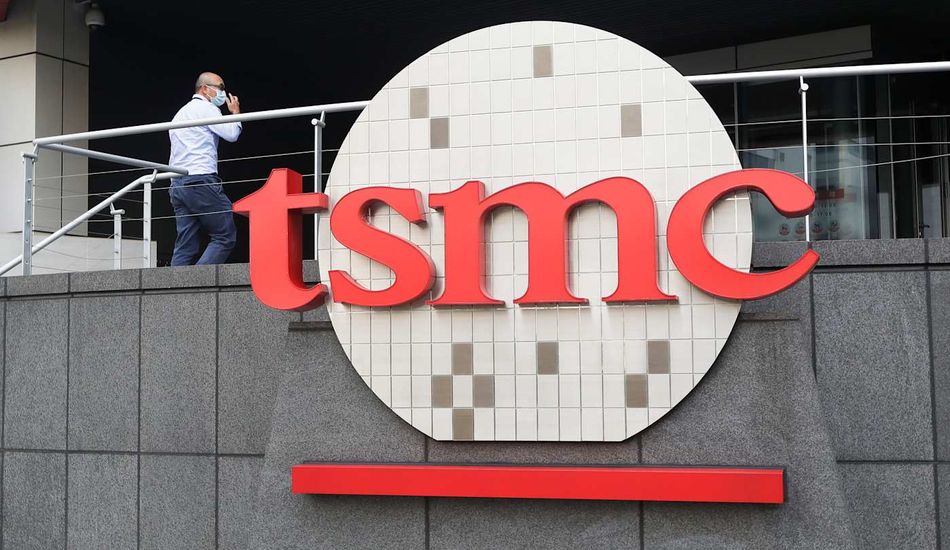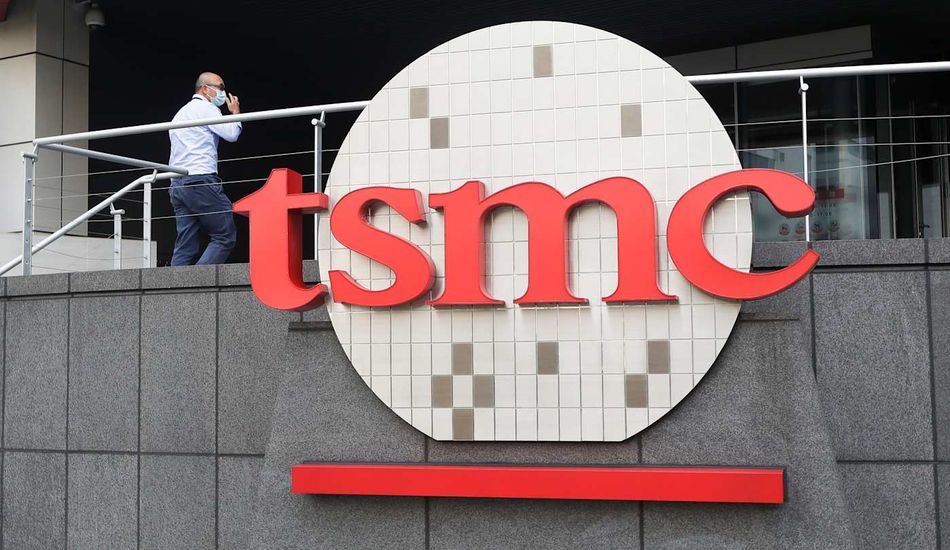
TSMC Reveals 1.4nm Chip: Future Tech for Apple and More
Taiwan Semiconductor Manufacturing Corp. (TSMC) has just announced a groundbreaking advancement in chip technology: the 1.4-nanometer (nm) A14 process. Slated for production in 2028, this innovation promises significant performance enhancements and power efficiency gains. This announcement signals continued progress in semiconductor technology, despite the increasing challenges of miniaturization.
Performance and Efficiency Boost
The new 1.4nm process is projected to deliver a 15 percent performance increase alongside a 30 percent reduction in power consumption compared to the 2nm processors expected to roll out in 2025. This leap in efficiency and performance is largely attributed to a 20 percent improvement in logic density over the 2nm technology. For context, the transition from 3nm to 2nm also yielded similar enhancements, suggesting that these 1.4nm chips could potentially offer up to 30 percent faster speeds and 60 percent better efficiency than current generation chips.
Likely Adoption by Tech Giants
TSMC's 1.4nm technology is anticipated to power processors for leading tech companies, including Apple, Intel, and AMD. Currently, Apple's chips are based on TSMC's 3nm process. The upcoming iPhone 17, potentially including an ultra-slim model, is rumored to continue using this with the third-generation N3P node.
Future Outlook
It's likely that Apple will not transition to TSMC's 2nm technology for at least another two years, meaning that 1.4nm tech may not appear in mobile and desktop devices for three or more product generations. However, TSMC often refines existing nodes, introducing incremental improvements over time. Apple has also demonstrated skill in optimizing its silicon design to maximize performance before adopting smaller process technologies. The new 1.4nm process represents a continued advancement in semiconductor technology, with the potential to power the next generation of devices across various platforms.
1 Image of TSMC 1.4nm Chip:


Source: Engadget